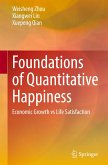
Gebundenes Buch
Economic Growth vs Life Satisfaction
28. Januar 2025
Springer / Springer Nature Singapore / Springer, Berlin
978-981-96-1716-6
| eBook, PDF | 89,95 € |
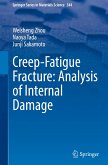
Gebundenes Buch
2024
26. April 2024
Springer / Springer Nature Singapore / Springer, Berlin
978-981-97-1878-8
| eBook, PDF | 121,95 € |
eBook, PDF
27. Januar 2025
Springer Nature Singapore
eBook, PDF
25. April 2024
Springer Nature Singapore
Ähnliche Artikel
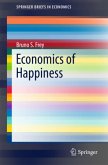
Broschiertes Buch
8. März 2018
Springer / Springer International Publishing / Springer, Berlin
978-3-319-75806-0
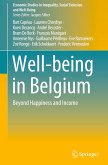
Gebundenes Buch
Beyond Happiness and Income
1st edition 2020
10. Oktober 2020
Garant-Uitgevers nv / Springer / Springer International Publishing / Springer, Berlin
978-3-030-58508-2
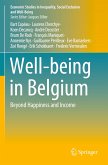
Broschiertes Buch
Beyond Happiness and Income
1st edition 2020
11. Oktober 2021
Garant-Uitgevers nv / Springer / Springer International Publishing / Springer, Berlin
978-3-030-58511-2
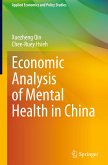
Gebundenes Buch
1st edition 2023
9. August 2023
Elsevier / National Natural Science Foundation of China / Springer / Springer Nature Singapore / Spr
978-981-99-4208-4
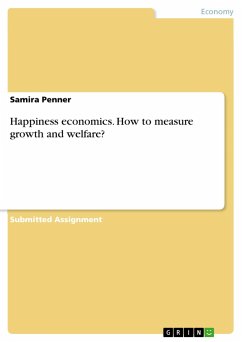
Broschiertes Buch
1. Auflage
13. März 2018
GRIN Verlag
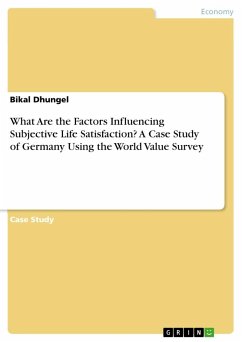
Broschiertes Buch
1. Auflage
28. August 2019
GRIN Verlag
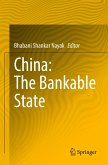
Broschiertes Buch
1st edition 2021
11. November 2022
Springer / Springer Nature Singapore / Springer, Berlin
978-981-16-5254-7
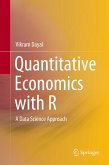
Gebundenes Buch
A Data Science Approach
1st edition 2020
4. Februar 2020
Springer / Springer Nature Singapore / Springer, Berlin
978-981-15-2034-1
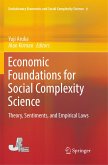
Broschiertes Buch
Theory, Sentiments, and Empirical Laws
Softcover reprint of the original 1st ed. 2017
12. Dezember 2018
Springer / Springer Nature Singapore / Springer, Berlin
978-981-13-5467-0
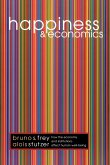
Broschiertes Buch
How the Economy and Institutions Affect Human Well-Being
2. Dezember 2001
Princeton University Press
Ähnlichkeitssuche: Fact®Finder von OMIKRON
